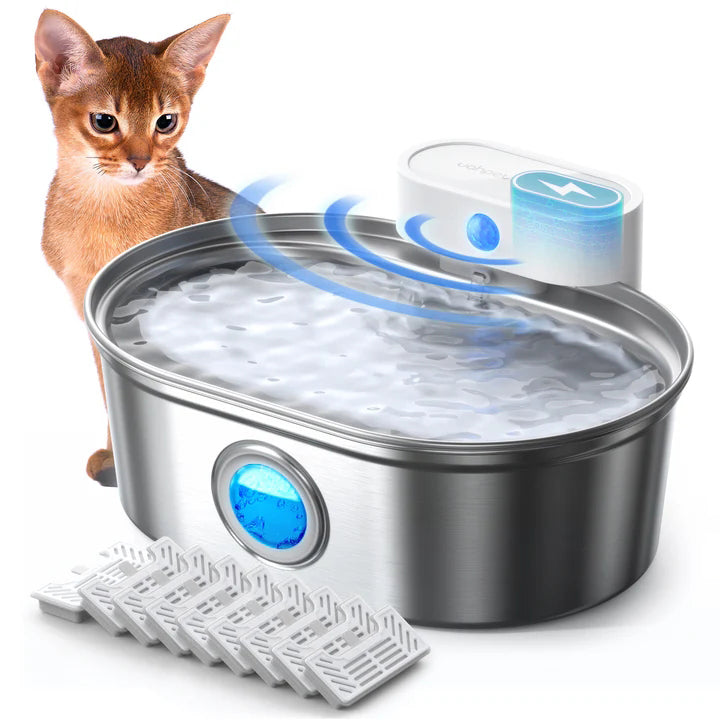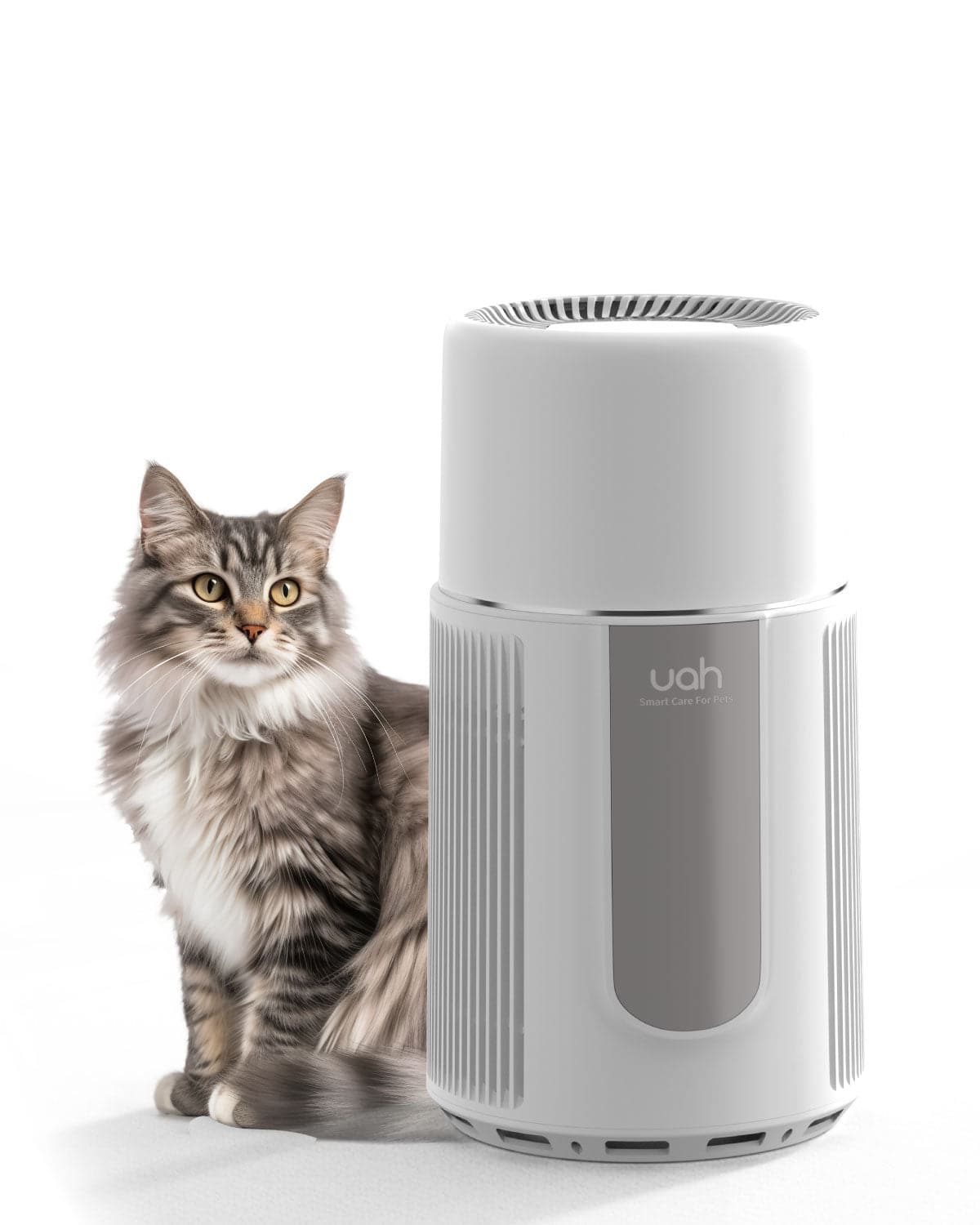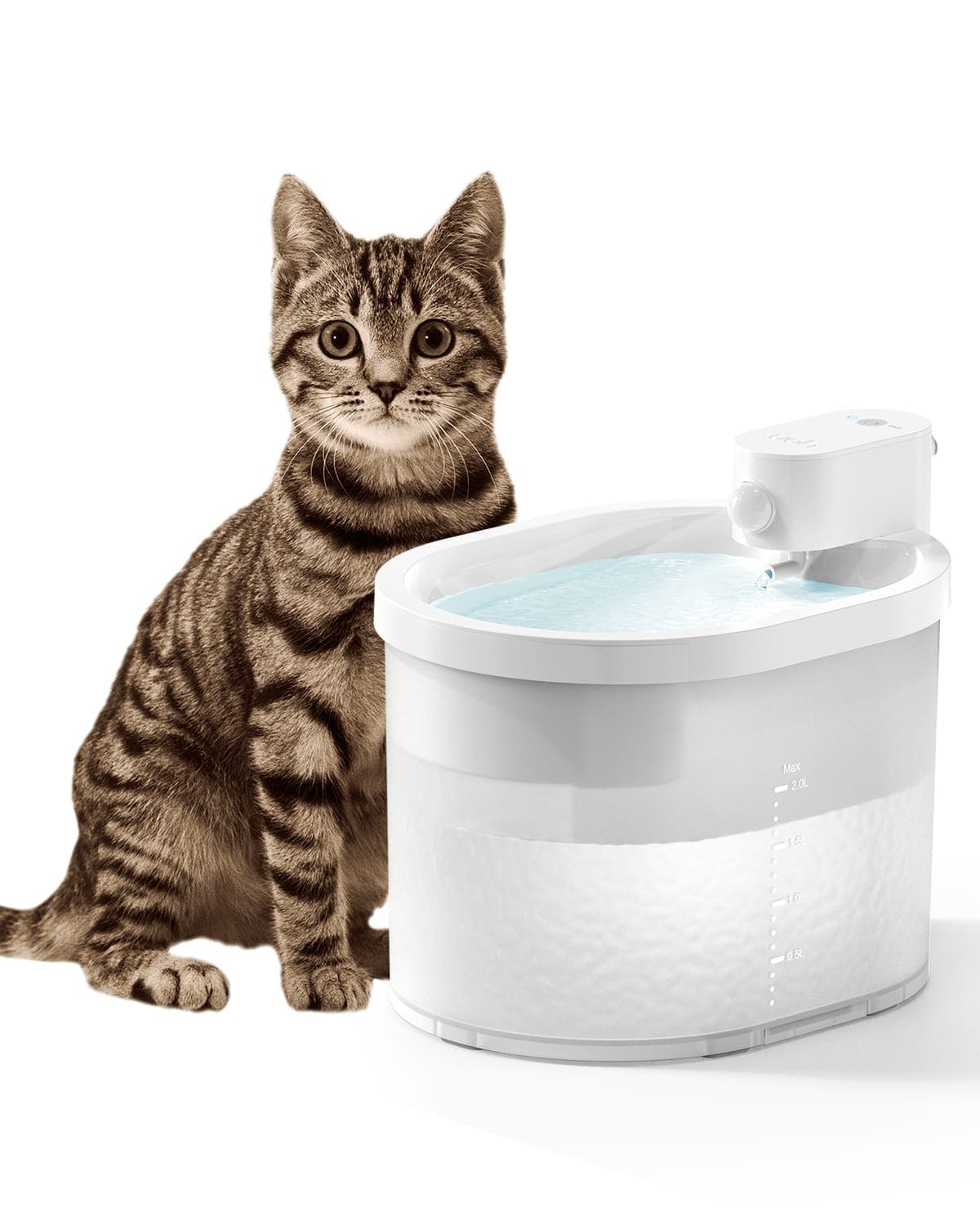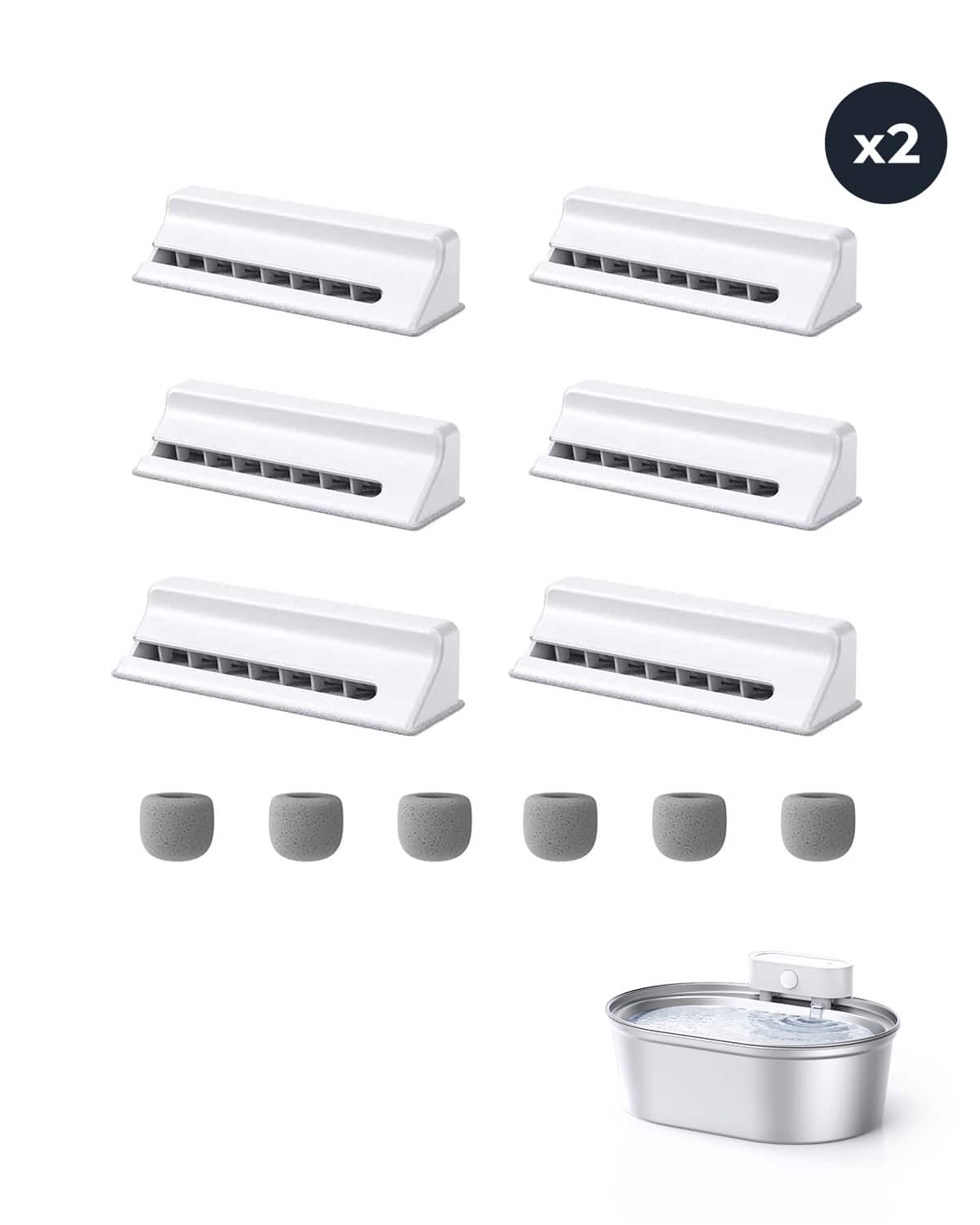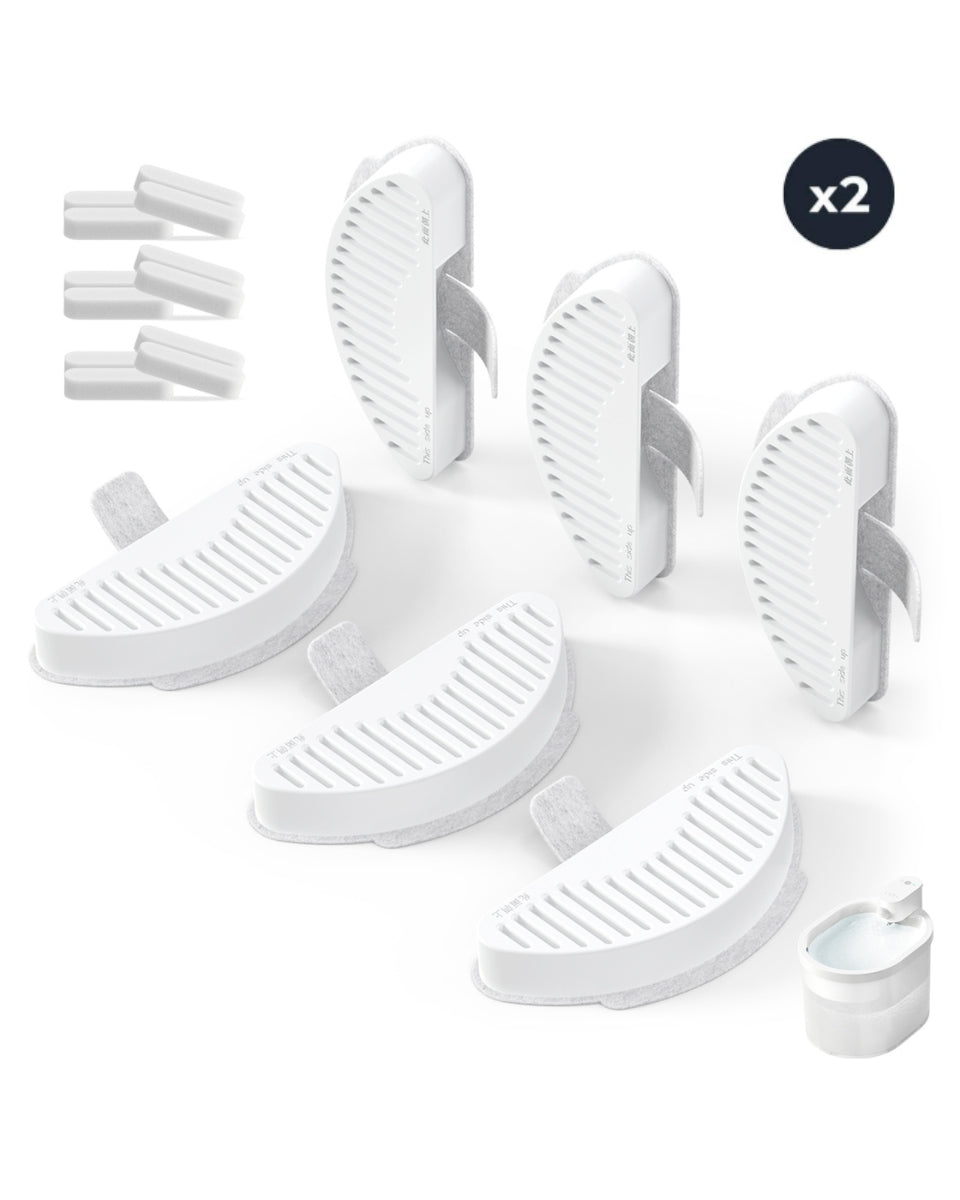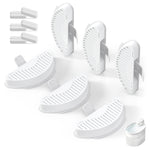Living with allergies and pets can be a challenging combination, but plug in air purifiers offer a convenient solution to improve indoor air quality. These compact devices are designed to remove allergens, pet dander, and other pollutants from the air, making your home a healthier environment. Whether you suffer from seasonal allergies or are a pet owner looking to reduce airborne irritants, this guide will help you understand the benefits and features of plug in air purifiers.
How Plug In Air Purifiers Work
Plug in air purifiers are designed to fit directly into a wall outlet, making them a space-saving option for any room. They use various filtration technologies to capture and remove airborne particles. Common types of filters include HEPA filters, activated carbon filters, and ionizers. HEPA filters are particularly effective at trapping allergens like pollen, dust mites, and pet dander, while activated carbon filters help eliminate odors and volatile organic compounds (VOCs). Ionizers, on the other hand, release negatively charged ions that attach to airborne particles, causing them to fall out of the air.
Benefits of Plug In Air Purifiers for Allergies
For allergy sufferers, plug in air purifiers can be a game-changer. They help reduce the concentration of allergens in the air, which can alleviate symptoms like sneezing, coughing, and itchy eyes. By continuously filtering the air, these devices create a cleaner environment that is easier to breathe in. This is especially beneficial during allergy season when outdoor allergens like pollen are at their peak.
Benefits of Plug In Air Purifiers for Pet Owners
Pet owners often face challenges with pet dander, hair, and odors. Plug in air purifiers can effectively capture pet dander and hair, reducing the amount that circulates in the air. This not only helps keep your home cleaner but also minimizes the risk of allergic reactions for both humans and pets. Additionally, air purifiers with activated carbon filters can neutralize pet odors, leaving your home smelling fresh.
Key Features to Look For
When choosing a plug in air purifier, consider the following features to ensure it meets your needs:
- Filtration Technology: Look for models with HEPA filters for allergen removal and activated carbon filters for odor control.
- Coverage Area: Ensure the purifier is suitable for the size of the room where it will be used.
- Noise Level: Some models operate quietly, making them ideal for bedrooms or offices.
- Energy Efficiency: Choose an energy-efficient model to save on electricity costs.
- Ease of Maintenance: Consider how often filters need to be replaced and the cost of replacements.
Tips for Using Plug In Air Purifiers Effectively
To maximize the benefits of your plug in air purifier, follow these tips:
- Place the purifier in a central location to ensure optimal air circulation.
- Keep doors and windows closed to prevent outdoor allergens from entering.
- Regularly clean and replace filters as recommended by the manufacturer.
- Use the purifier continuously for the best results, especially during allergy season or if you have pets.
Common Misconceptions About Plug In Air Purifiers
There are several misconceptions about plug in air purifiers that can lead to confusion. One common myth is that they can completely eliminate all allergens and pollutants. While they are highly effective, no air purifier can remove 100% of airborne particles. Another misconception is that they are only beneficial for allergy sufferers. In reality, they can improve air quality for everyone, including pet owners and those living in urban areas with high pollution levels.
Environmental Impact of Plug In Air Purifiers
While plug in air purifiers offer numerous benefits, it's important to consider their environmental impact. Energy-efficient models can help reduce electricity consumption, but the production and disposal of filters can contribute to waste. To minimize your environmental footprint, choose a purifier with washable or recyclable filters and follow proper disposal guidelines.
Comparing Plug In Air Purifiers to Other Types
Plug in air purifiers are just one of several types of air purifiers available. Compared to larger, standalone units, they are more compact and portable but may have a smaller coverage area. They are also typically more affordable, making them a great option for those on a budget. However, if you need to purify the air in a larger space, a standalone unit may be more effective.
Real-Life Experiences with Plug In Air Purifiers
Many users have reported significant improvements in their quality of life after using plug in air purifiers. Allergy sufferers have noticed a reduction in symptoms, while pet owners appreciate the cleaner air and reduced odors. These devices are particularly popular in homes with multiple pets or in areas with high levels of outdoor pollution.
Future Trends in Air Purification Technology
The air purification industry is constantly evolving, with new technologies emerging to improve efficiency and effectiveness. Future trends may include the development of smart air purifiers that can be controlled via smartphone apps, as well as advancements in filtration technology to capture even smaller particles. As awareness of the importance of indoor air quality grows, the demand for innovative air purifiers is likely to increase.
Plug in air purifiers for allergies and pets are a practical and effective way to improve indoor air quality. By understanding their benefits, features, and how to use them effectively, you can create a healthier living environment for you and your family. Whether you're an allergy sufferer or a pet owner, these compact devices can make a significant difference in your daily life.


